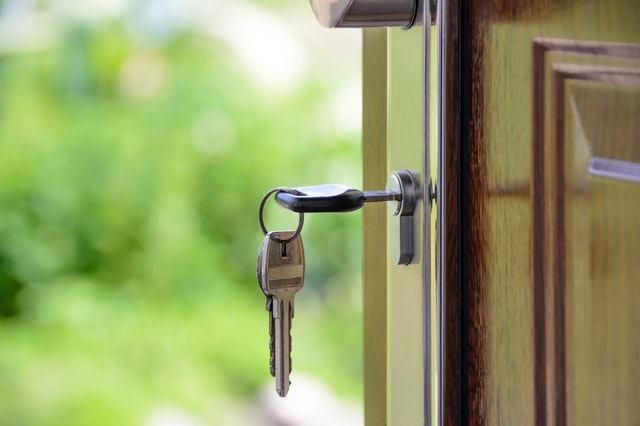 There are a lot of steps that people need to take when buying a home. One of the most common issues that people discuss is the down payment. Most banks will require a down payment so that they aren’t the only ones taking on the risk of buying a home. The common question people have is how much of a down payment they should apply.
There are a lot of steps that people need to take when buying a home. One of the most common issues that people discuss is the down payment. Most banks will require a down payment so that they aren’t the only ones taking on the risk of buying a home. The common question people have is how much of a down payment they should apply.
The Rule Of Thumb
Most people have heard about placing 20 percent down on a house as a solid rule of thumb. This number has been passed down from prior generations who purchased houses with similar down payments.
On the other hand, the price of housing has risen over the past few decades and this down payment might not be possible for some people. While 20 percent down might work for some people, it might not be feasible for others.
Other Considerations
There are several additional factors that homebuyers need to think about. First, how big of a down payment is the bank requiring? Some banks might not lend to someone at all if they don’t reach a certain threshold. In other cases, the lender might ask someone to purchase something called private mortgage insurance, often abbreviated PMI.
This is an insurance policy that the borrower will have to purchase for the lender. If the borrower loses the home in foreclosure, the lender gets its money back through this insurance policy. Obviously, borrowers do not want to have this added expense. This is where the down payment is important.
In addition, banks might also be willing to lower the interest rate on the mortgage if the borrower increases the size of the down payment. With a lower interest rate, this can save someone a substantial amount of money down the road. Try to see if the lender will lower the interest rate in exchange for a larger down payment.
Deciding The Down Payment
These are a few of the many factors that homebuyers should think about when thinking about the down payment. While nobody wants to pay more than they should, the down payment is only one of the financial aspects people need to consider.
If you are in the market for a new home or interested in listing your current property, be sure to contact your trusted real estate professional.
 When considering buying a home in an “as-is” condition, the buyer takes all the risk of anything needed to bring the property back up to current building codes and make it ready for occupation or re-sale. There can be bargains in as-is properties if you know how to hunt for one.
When considering buying a home in an “as-is” condition, the buyer takes all the risk of anything needed to bring the property back up to current building codes and make it ready for occupation or re-sale. There can be bargains in as-is properties if you know how to hunt for one.  Case-Shiller’s National Home Price Index showed 3.20 percent national home price growth in September, which was 0.10 percent higher than August’s reading of 3.10 percent. The 20-City Home Price Index showed the continued impact of exorbitant home prices on both coasts as home price growth slowed in high-cost areas and smaller markets experienced upward pressure on home prices as home buyers were seeking affordable homes.
Case-Shiller’s National Home Price Index showed 3.20 percent national home price growth in September, which was 0.10 percent higher than August’s reading of 3.10 percent. The 20-City Home Price Index showed the continued impact of exorbitant home prices on both coasts as home price growth slowed in high-cost areas and smaller markets experienced upward pressure on home prices as home buyers were seeking affordable homes. Those who are looking at buying a home need to think about whether or not they are truly ready for this responsibility. When someone takes out a mortgage, this is frequently the largest loan someone will ever apply for in their life. Furthermore, owning a home also means homeowners insurance, real estate taxes, home maintenance, and home repairs.
Those who are looking at buying a home need to think about whether or not they are truly ready for this responsibility. When someone takes out a mortgage, this is frequently the largest loan someone will ever apply for in their life. Furthermore, owning a home also means homeowners insurance, real estate taxes, home maintenance, and home repairs. Last week’s economic news included readings from Case-Shiller Home Price Indices, readings on new and pending home sales and weekly readings on mortgage rates and new jobless claims. The holiday break on Thursday and Friday curtailed some economic reports.
Last week’s economic news included readings from Case-Shiller Home Price Indices, readings on new and pending home sales and weekly readings on mortgage rates and new jobless claims. The holiday break on Thursday and Friday curtailed some economic reports. Owning a home comes with a lot of responsibilities. One of these involves home maintenance. Sometimes, people are surprised by the size and frequency of home maintenance costs.
Owning a home comes with a lot of responsibilities. One of these involves home maintenance. Sometimes, people are surprised by the size and frequency of home maintenance costs.